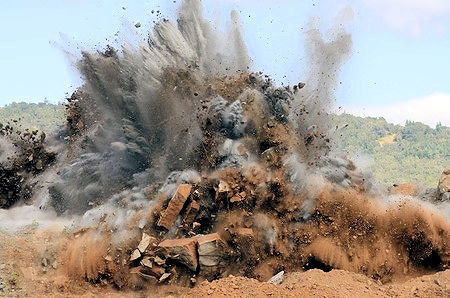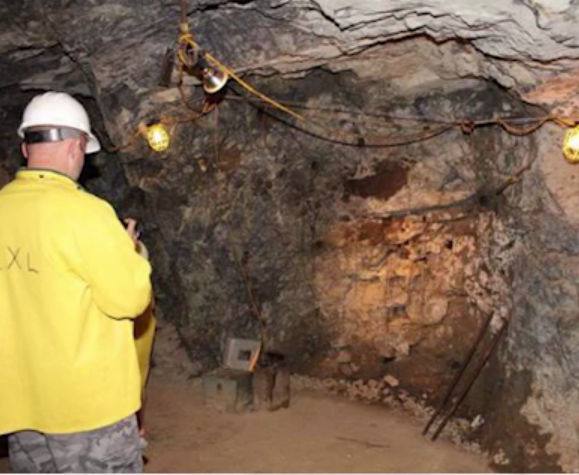SECTION 29 - BLASTING
29.A General.
This section applies to blasting activities performed by DA civilians or under DA contract with the use of commercial explosives on non-military lands/installations. For all other blasting activities, see Section 01.G.
29.A.01 Prerequisites.
- An Explosives Safety Site Plan (ESSP), approved by DoD Explosives Safety Board (DDESB), IAW DA Pam 385-64 and DA Pam 385-65, is required prior to the placement of explosives on site or the start of explosives-related operations.
- Permission in writing must be obtained from the GDA before explosive materials are brought onto the job site. Periodic replenishment of approved supplies does not require written approval.
- A Blasting Plan must be developed by the contractor, submitted and accepted by the GDA prior to the placement of explosives on site or the start of any explosives-related operations. As a minimum, it must include the following:
- (1) List the names, qualifications, and responsibilities of personnel involved with explosives;
- (2) The Contractor's requirements for handling, transportation, and storage of explosives; employee training programs and certifications; types of explosives; schedule of activities and loading procedures; detailed blasting schedule; explosives transportation route; safety signals methods and locations; danger area clearance; methods for securing the site; seismograph, vibration and damage control; test shots, post-blast inspection and misfire procedures; provisions for disposal of explosives, blasting agents, unused and associated material; and post-blast ventilation requirements;
- (3) Public relations requirements before and after blasting (e.g. community communication, protection of structures and personnel).
29.A.02 The transporting, handling, storage, and use of explosives, blasting agents, and blasting equipment must be directed and supervised by a person of proven experience and ability in blasting operations in accordance with ANSI A10.7; 29 CFR 1910.109; 29 CFR 1926, Subpart U; 27 CFR 555; the manufacturers, the Institute of Makers of Explosives (IME), and, where applicable, DoD 6055.9M.
29.A.03 All persons working with explosives must be in good physical condition and be able to understand and give written and verbal orders.
29.A.04 Warning signs must be provided at points of access to blasting area.
29.A.05 Operations involving the handling or use of explosive materials must be discontinued and personnel moved to a safe area during the approach or progress of a thunderstorm or dust storm; controls will be established to prevent accidental discharge of electric blasting caps from extraneous electricity.
29.A.06 Blasting operations near overhead power lines, communications lines, utility services, or other structures must not be carried on until the operators and/or owners have been notified and measures for safe control have been taken.
29.A.07 All loading and firing must be directed and supervised by one designated person.
29.A.08 A positive system to detect and measure the probability of lightning or massive static electrical discharges must be used.
29.A.09 Before adopting any system of electrical firing, a thorough survey must be made for extraneous currents and all dangerous currents must be eliminated before any holes are loaded.
Knowledge Check Choose the best answer for the question.
29-1. What is required before blasting operations may proceed near overhead power lines, communications lines, utility services, or other structures?
You forgot to answer the question!


